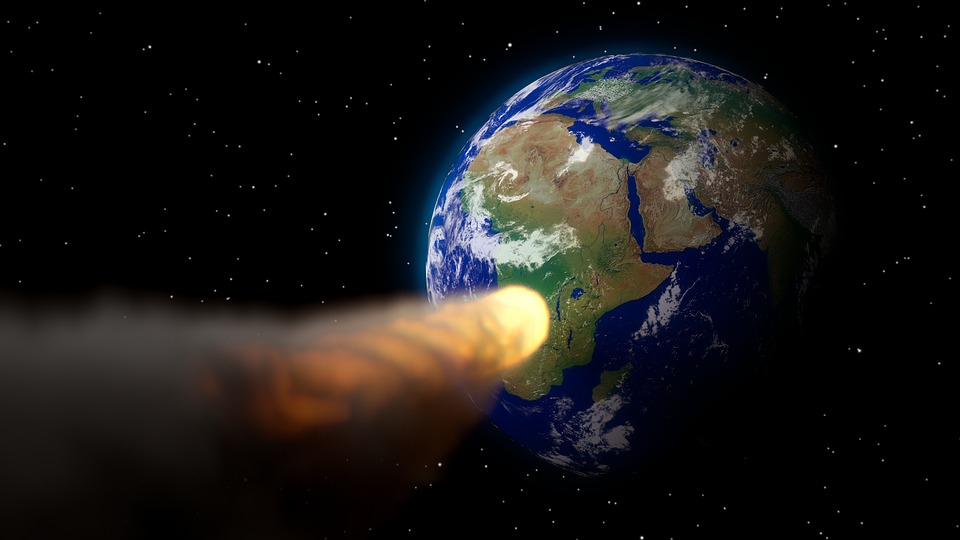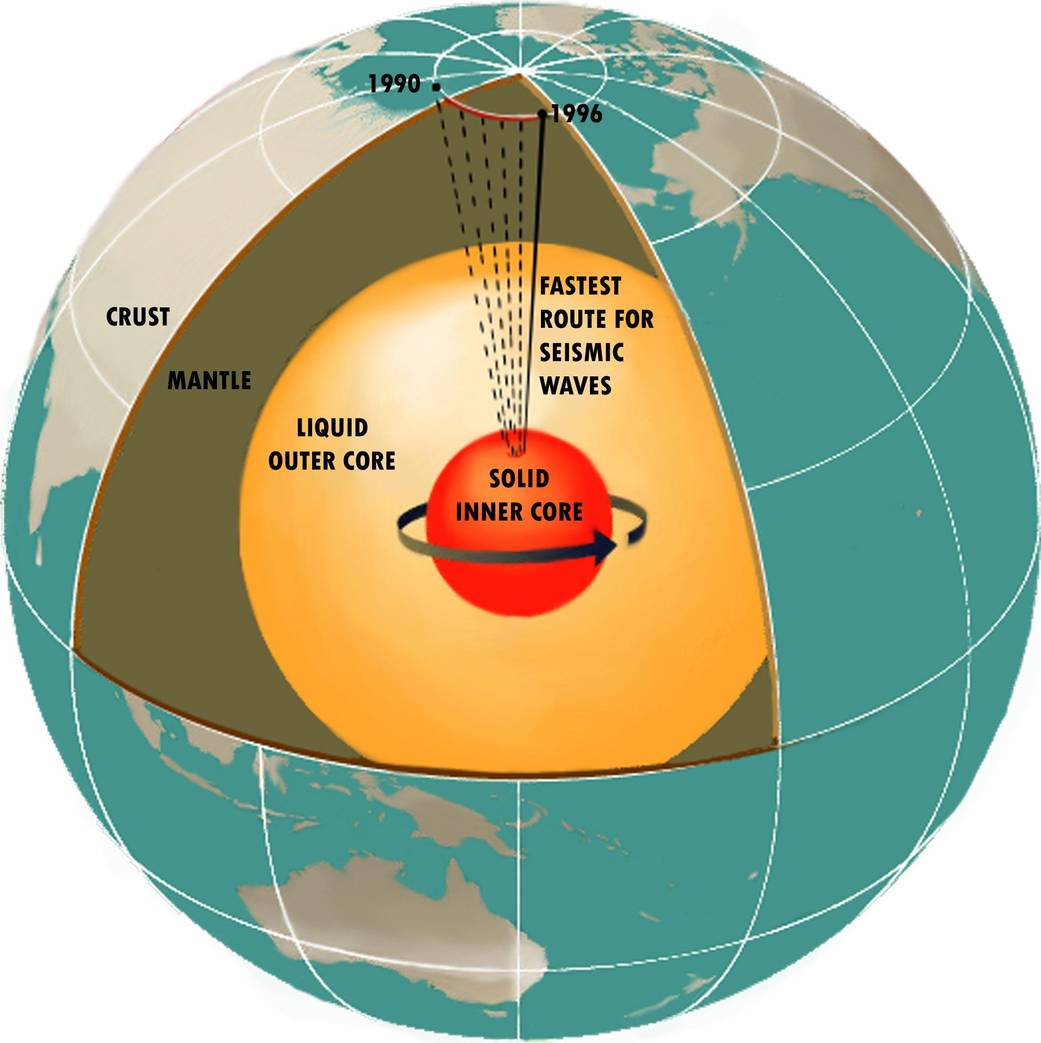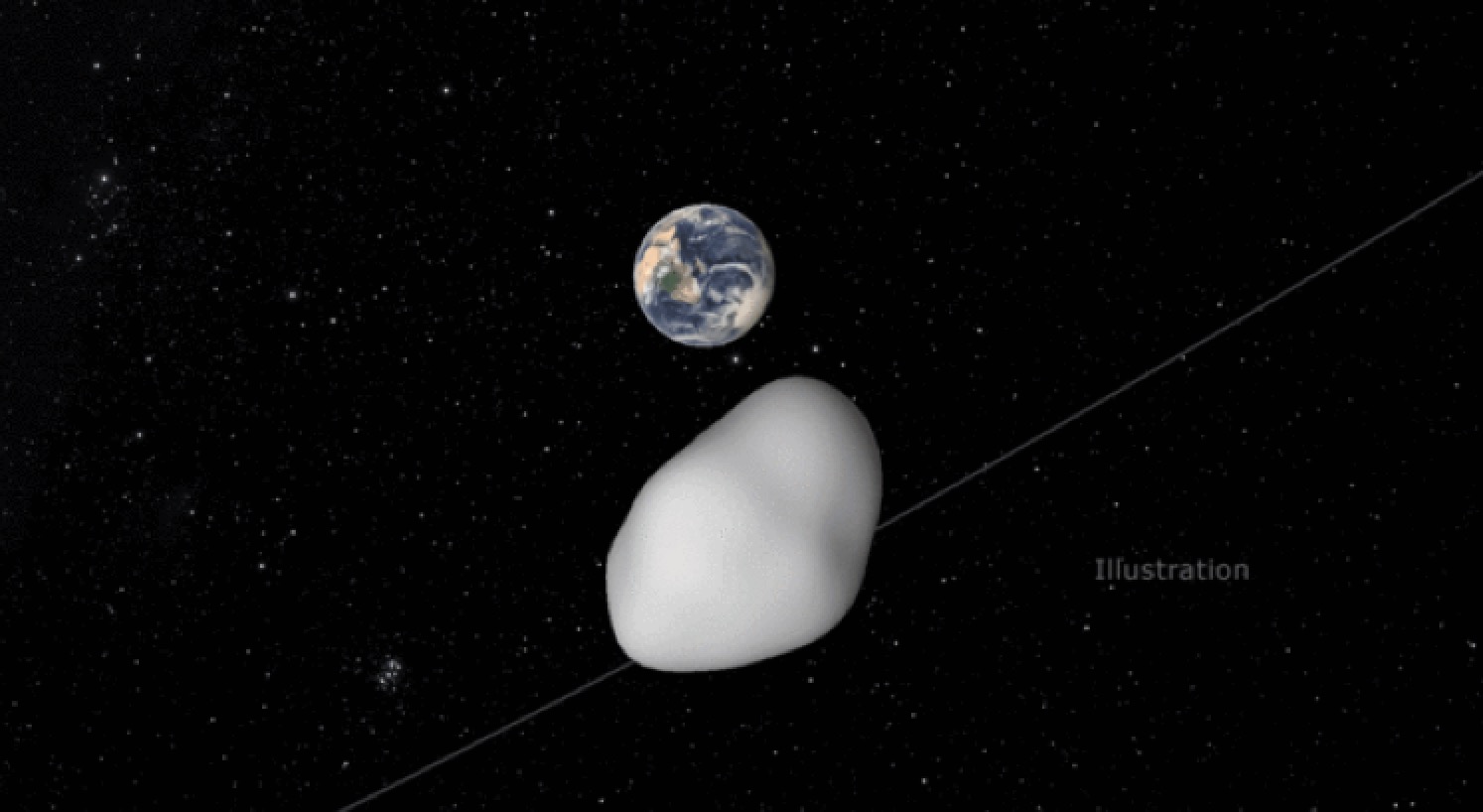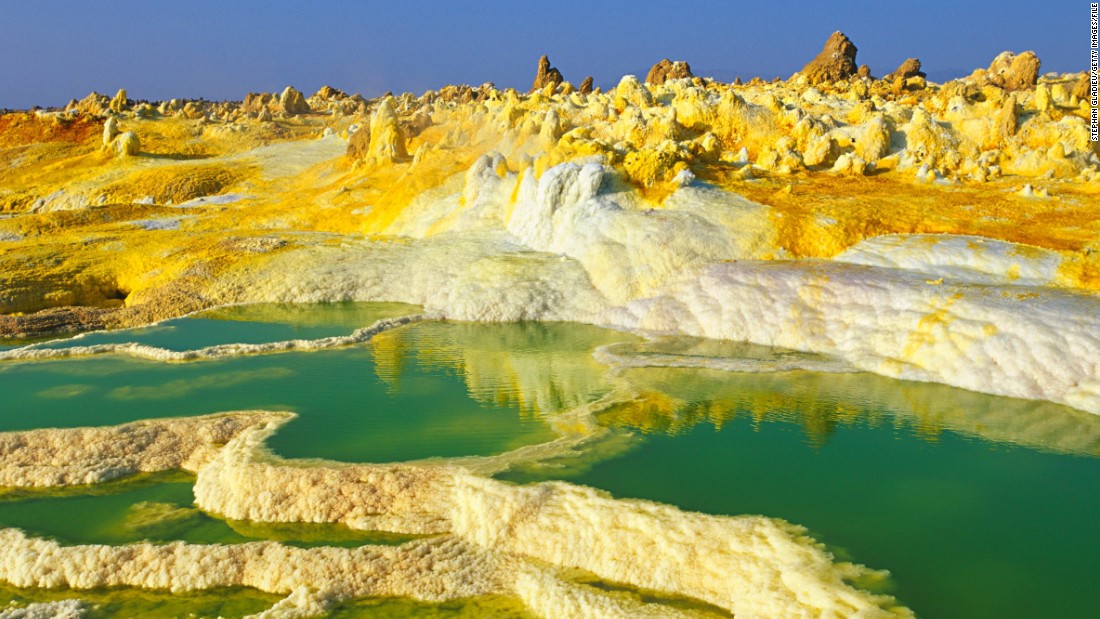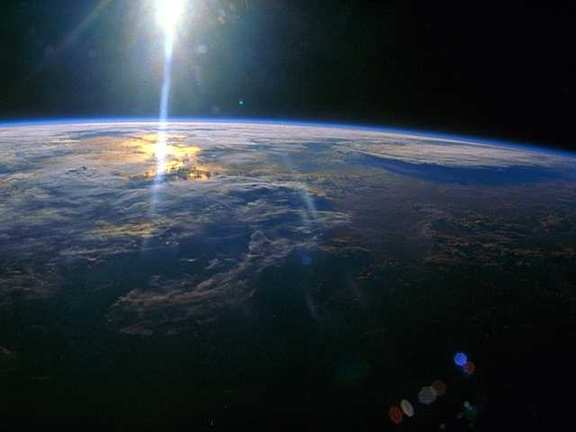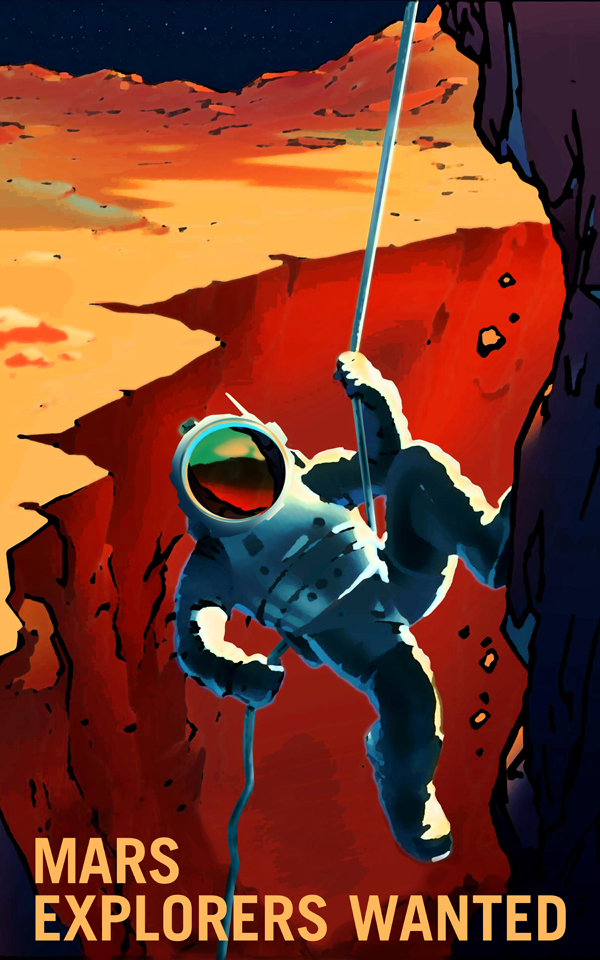SPACE: Spacecraft Could Nuke Dangerous Asteroid to Defend Earth
The next time a hazardous asteroid lines Earth up in its crosshairs, we may be ready for the threat. Scientists and engineers with the U.S. government have drawn up plans for a spacecraft that could knock big, incoming space rocks off course via blunt-force impact or blow them to bits with a nuclear warhead, BuzzFeed News reported. The researchers announced the concept vehicle, known as the Hypervelocity Asteroid Mitigation Mission for Emergency Response (HAMMER), in a study in the February issue of the journal Acta Astronautica. And the team will discuss HAMMER at an asteroid-research conference in May, according to … Read more



